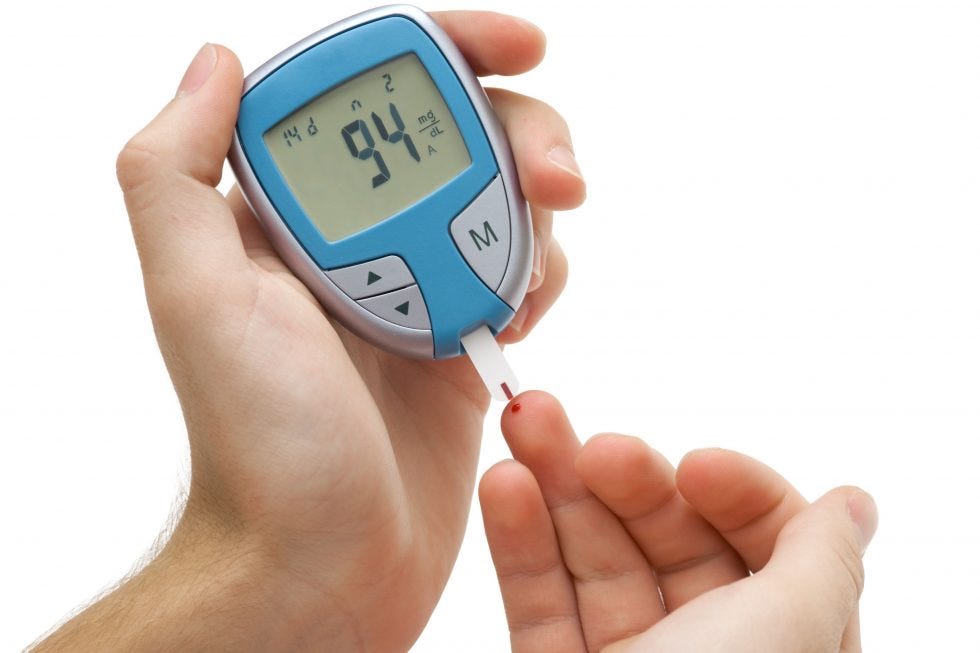High blood sugar, or hyperglycemia, often develops gradually and may go unnoticed for a long time. Many people assume that only those with diabetes need to worry about blood sugar levels, but the truth is that anyone can experience elevated glucose. If left unchecked, high blood sugar can damage your heart, kidneys, nerves, and eyes, and even increase the risk of type 2 diabetes. Understanding the early, often silent signs can help you take action before complications arise. Below are seven subtle symptoms that could indicate your blood sugar is higher than it should be.
1. Increased Thirst and Frequent Urination
One of the earliest indicators of high blood sugar is feeling unusually thirsty, even after drinking enough water. This happens because excess glucose in the blood pulls fluids from your tissues, making you feel dehydrated. As a result, your body tries to flush out the excess sugar through urine, leading to more frequent trips to the bathroom. If you notice that you are waking up multiple times at night to urinate or your thirst feels unquenchable, it may be a sign to check your blood glucose levels.
2. Persistent Fatigue
Feeling tired is common, but if your fatigue is constant and unexplained, high blood sugar might be a cause. When glucose builds up in the bloodstream instead of being used by cells for energy, your body’s cells are essentially “starved,” leaving you drained and sluggish. This lack of usable energy can make even simple daily tasks feel exhausting. If rest, hydration, and nutrition don’t improve your energy, it may be worth exploring whether blood sugar imbalance is the reason.
3. Blurred Vision
High blood sugar can affect the lenses in your eyes by drawing fluid into or out of them, causing them to swell and change shape. This affects your ability to focus, leading to temporary blurred vision. While vision changes can be due to many causes, unexplained blurriness that comes and goes could be linked to fluctuating blood sugar levels. Over time, consistently high glucose can also damage the tiny blood vessels in the retina, increasing the risk of diabetic retinopathy.
4. Slow Healing of Cuts and Wounds
If you notice that your cuts, scrapes, or bruises are taking longer than usual to heal, it could be due to elevated blood sugar. Excess glucose can impair circulation and damage blood vessels, reducing the delivery of oxygen and nutrients needed for tissue repair. This makes the healing process slower and increases the risk of infection. People with high blood sugar also have weakened immune systems, making it harder for the body to fight off bacteria and viruses.
5. Unexplained Weight Loss
While weight gain is often associated with diabetes, rapid and unexplained weight loss can also be a sign of high blood sugar, especially in uncontrolled type 1 diabetes. When your body cannot use glucose properly for energy, it starts breaking down muscle and fat to compensate. This process leads to weight loss despite eating the same amount, or even more than usual. If you are losing weight without trying, it’s important to get your blood sugar checked promptly.
6. Tingling or Numbness in Hands and Feet
Persistent high blood sugar can damage the nerves, a condition known as diabetic neuropathy. In its early stages, this nerve damage often feels like tingling, numbness, or burning sensations in the hands, feet, or legs. While occasional tingling can be harmless, ongoing symptoms may be an early warning that your blood sugar is too high and affecting your nerve health. Early detection is key to preventing further nerve damage.
7. Frequent Infections
High blood sugar creates an environment where bacteria and fungi thrive, making infections more common. Yeast infections, urinary tract infections, and skin infections can occur more frequently when glucose levels are elevated. Women may notice recurring vaginal yeast infections, while both men and women may experience fungal infections in warm, moist areas of the body. A weakened immune response due to high blood sugar also makes it harder to recover from these infections.
Why Early Detection Matters
The silent nature of these symptoms makes it easy to ignore them or attribute them to other causes. However, catching high blood sugar early allows you to make lifestyle changes or seek medical care before serious complications develop. Monitoring your diet, staying active, managing stress, and getting regular checkups can help maintain healthy blood sugar levels.
When to See a Doctor
If you recognize several of these symptoms in yourself, especially increased thirst, frequent urination, blurred vision, or slow-healing wounds, it’s wise to get your blood sugar tested. A fasting blood glucose test, HbA1c test, or an oral glucose tolerance test can provide a clear picture of your glucose control. Addressing issues early can prevent long-term health problems such as nerve damage, heart disease, and kidney complications.
Book a reliable blood sugar test on Instacare
Conclusion
Your body often sends subtle signals before blood sugar problems become severe. By learning to identify these warning signs early, you can take control of your health and prevent the progression to diabetes or related complications. Regular monitoring, a balanced diet, physical activity, and professional medical guidance are the best tools to maintain healthy glucose levels and safeguard your long-term well-being.
